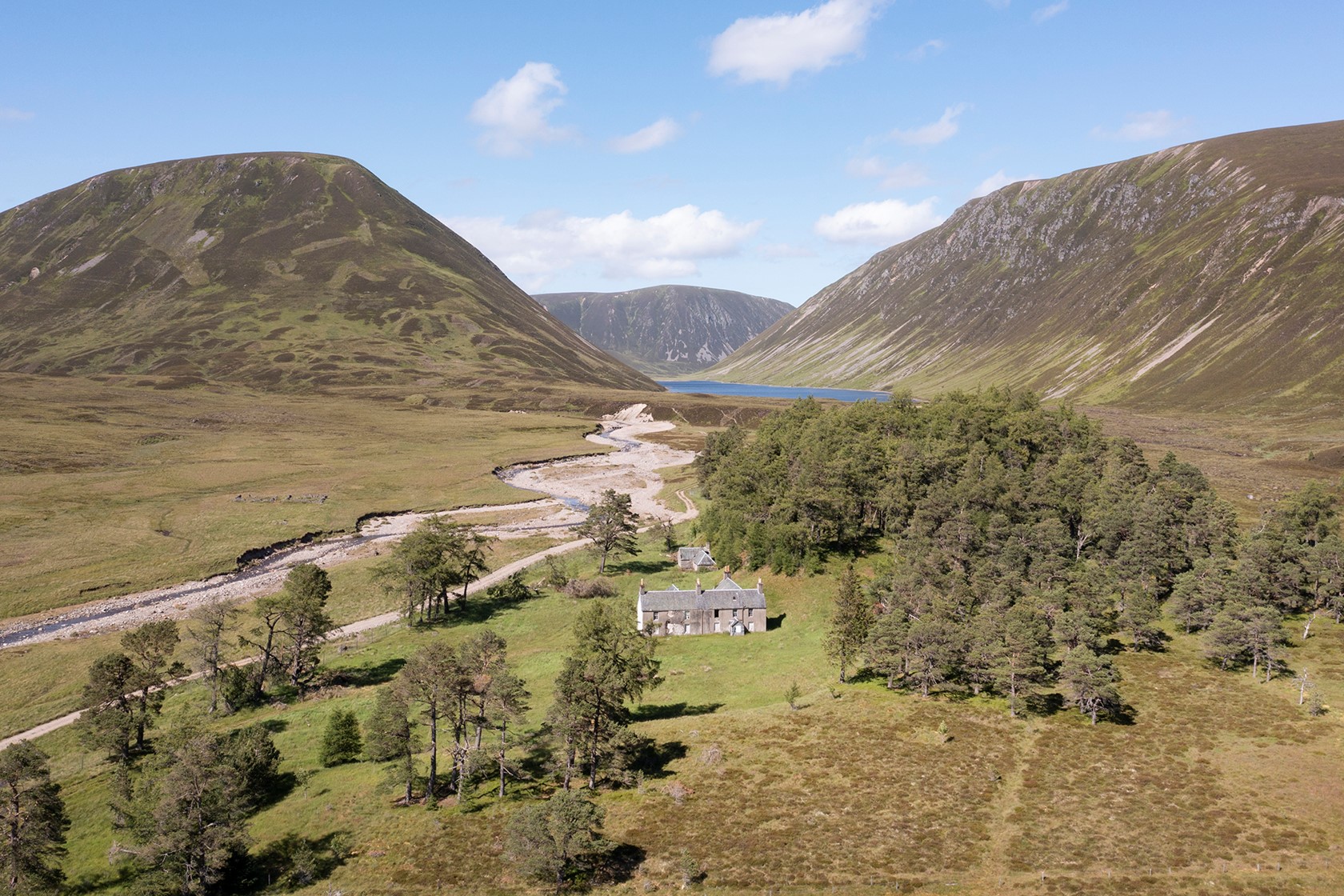A conservation trust based in Jersey has unveiled a major rewilding project on a Perthshire estate – with plans to move away from its historic sporting use.
Durrell Wildlife Conservation Trust have announced bold ambitions for the 18,500 acre Dalnacardoch Estate, their first project north of the border.
Plans for the 100-year rewilding project includes the recovery of rare bird species the capercaillie.
The trust will lease the estate, which sits mostly within the Cairngorms National Park.
‘This is a transformational moment in the Durrell story,’ said CEO Dr Lesley Dickie.
‘The UK is one of the most nature-depleted countries on Earth with a multitude of diminished species and missing ecological functions.
‘We are proud to be a British charity and we have been looking for a landscape-scale restoration project in the UK for several years.

Credit: Durrell Wildlife Conservation Trust.
‘Leasing the Dalnacardoch estate offers an incredible opportunity to demonstrate our approach to conservation and transition this estate to a nature-positive landscape that will benefit both local people and wildlife.’
The land was bought earlier this year by a family foundation with charitable aims, specifically with the intent to lease it to Durrell for a rewilding project.
Durrell’s intention is to have a managed transition away from Dalnacardoch’s historic use as a sporting estate.
Instead, the trust wants to move towards a diversified range of activities that it says will provide economic, social and environmental benefits.
‘We’re delighted to be working with the Durrell Wildlife Conservation Trust on the long-term restoration of Dalnacardoch Estate,’ said Grant Moir, Chief Executive of the Cairngorms National Park Authority.
‘This collaboration will be vital in helping achieve our National Park Partnership Plan commitments, particularly around ecological restoration, net zero, woodland expansion, peatland restoration, and green skills and training.
’It’s also encouraging that Durrell plans to work so closely with neighbouring landowners and with the local community, developing a lasting vision that reflects the unique environmental and cultural heritage of the area.’
Read more stories on Scottish Field’s wildlife and conservation pages.
Plus, don’t miss the November issue of Scottish Field magazine.
TAGS

